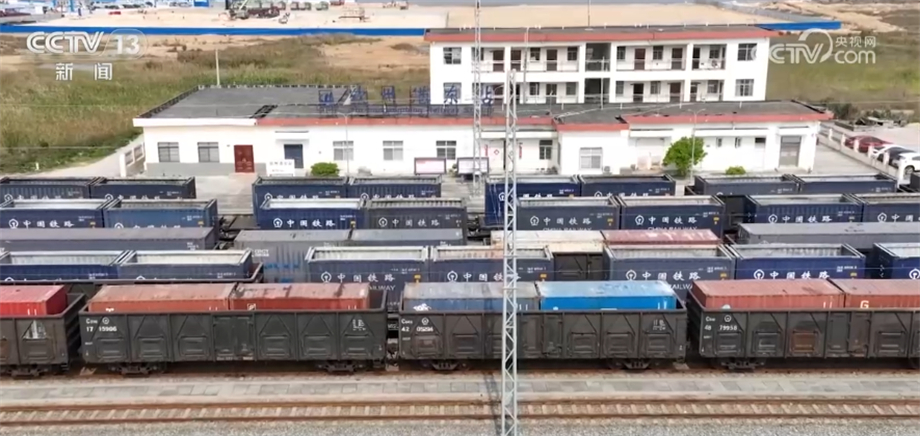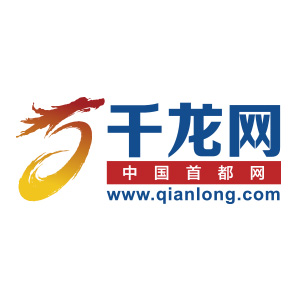Source title: The RCEP agreement has entered a new stage of full implementation to help intermediate goods trade stabilize the chain and have great potential
Intermediate goods are products used to produce other goods and services and are an important part of international trade. Last year, trade in intermediate goods accounted for nearly 70% of the trade volume between China and other RCEP members. After RCEP is fully implemented in the 15 signatory countries, RCEP will play a greater role in building a closer regional industrial chain supply chain in the region.
The main product of this enterprise is an important raw material for the production of electrolytic aluminum, and it is a key intermediate product in the production link of the industrial chain. Benefiting from RCEP’s tariff concessions and trade and investment facilitation, a Malaysian company cooperated with this company and invested more than 50 million yuan to build a factory in China, and all products were exported to Malaysia.

Zhang Qinggang, person in charge of Suotong Development Co., Ltd.:Compared with the first quarter of last year, our export volume this year has increased by 23.8%, which is also inseparable from the long-term and stable cooperation with Malaysia and other countries.
Since the implementation of RCEP, the trade of intermediate goods of most member countries has shown a steady growth trend, which has been confirmed in the “China’s 1st Anniversary Evaluation Report on the Implementation of RCEP” by the Research Institute of the Ministry of Commerce.

The report cites data showing that in 2022, members such as Japan, New Zealand, Malaysia, Thailand, Indonesia and the Philippines will achieve year-on-year growth in the trade of intermediate goods within the RCEP region. Among them, the growth rate of New Zealand, Malaysia, Indonesia and the Philippines’ trade in intermediate goods in the RCEP region exceeded 10%. In addition, the growth rate of Japan, New Zealand, Malaysia, Indonesia and the Philippines’ trade in intermediate products within the RCEP region exceeded the growth rate of trade in global intermediate products.
Yuan Bo, deputy director of the Asian Research Institute of the Ministry of Commerce Research Institute:After RCEP took effect, most of the member states showed a steady growth in the trade of intermediate products in the region, and the intermediate product trade of some member countries also showed the characteristics of concentration from the outside of the RCEP region to the inside of the RCEP region, fully demonstrating the impact of RCEP on regional industries. Chain, the positive role of the supply chain.

The relevant person in charge of the Ministry of Commerce also stated that the full implementation of RCEP to the 15 member countries will further stimulate the potential of regional industrial chain and supply chain cooperation, promote intra-regional trade in intermediate goods, and enhance the resilience and vitality of regional economic growth.

As the world‘s largest manufacturing country, China will continue to maintain its status as the largest trader of intermediate goods in the RCEP region in 2022. Data show that in 2022, China’s trade in intermediate goods with other RCEP members will reach 8.5 trillion yuan, accounting for 69.3% of China’s total trade with other RCEP members. Among them, the export of intermediate products to the RCEP area was 3.6 trillion yuan, a year-on-year increase of 11.5%.

In 2022, the four provinces of Guangdong, Jiangsu, Zhejiang and Shandong will all trade more than 1 trillion yuan in intermediate goods with other RCEP member countries. A large amount of trade demand has driven the continuous intensification of the logistics network, and various regions have actively developed and increased foreign trade liners, air routes, railway freight trains and stations for RCEP members, and the comprehensive service level of logistics and supply chains has continued to improve.
